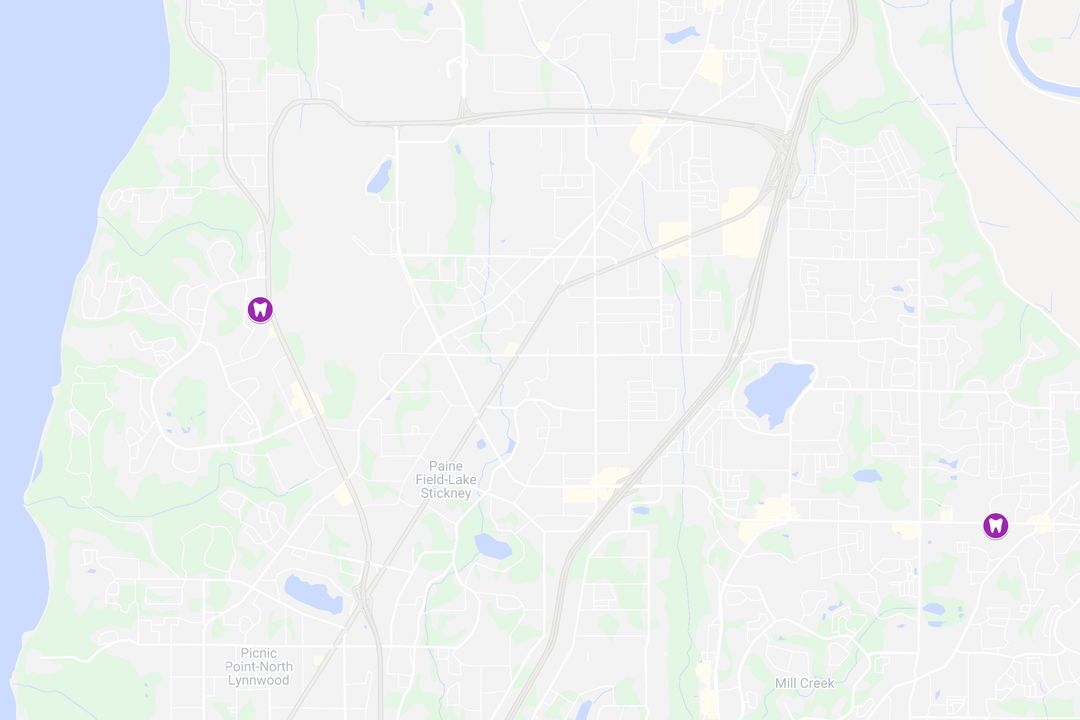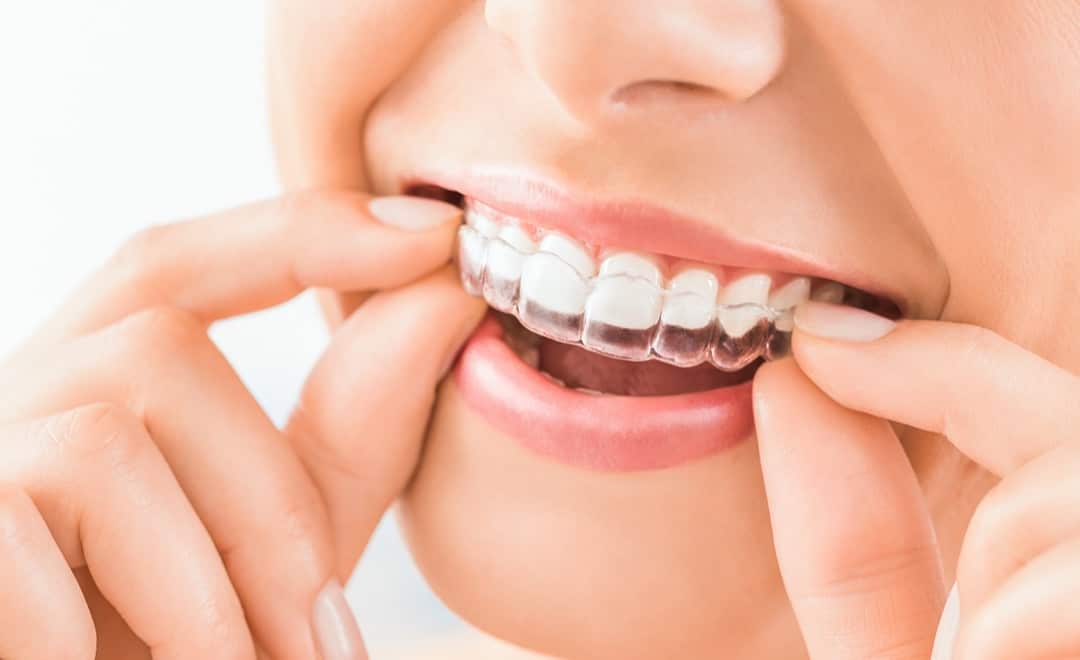Orthodontic Retention
You’ve Worked Hard For Your Beautiful Smile;
Keep It That Way!
Finally, your braces have been removed and your smile is beautiful, straight, and healthy! However, your orthodontic journey isn’t quite completed. To keep your smile looking its best, you’ll have to wear a retainer to preserve and stabilize your results. Retainers are needed to control or limit potential changes in tooth position. They are used after orthodontic treatment to hold teeth in their correct alignment while the surrounding gums, bone, and muscle adjust to the new positioning of your teeth.
Types of Retainers
Retainers are custom made and can be removable or fixed.
Traditional removable retainers or Hawley retainers
Aligner-style retainers, or Essix retainers
Look similar to clear aligners and offer a more aesthetic alternative to wire retainers. This clear retainer may fit over the entire arch of your teeth or only from canine to canine (clip-on retainer). It is produced from a mold of your newly aligned teeth.
Fixed retainers


Pros & Cons
Removable retainers can be taken out for eating and hygiene routines.
Removable retainers can get lost easily so remember to keep yours in the case whenever you remove it to eat or brush.
A fixed retainer is great if you don't want to keep track of it or if you don't want to worry about how many hours per day it must be worn.
Teeth with fixed retainers require a little extra attention to remove plaque while flossing. Patients with fixed retainers must often use floss threaders to pass dental floss through the small spaces between the retainer and the teeth.
FAQs
How do retainers break?
If your fixed retainer has come off, it can usually be easily rebonded. Please call the office for an appointment and bring the wire with you.
You may not even know that you have damaged your retainer until you notice that your teeth are drifting out of their new alignment. If there is going to be any delay in getting your retainer back, we recommend that you wear a mouthguard at night to prevent your teeth from shifting.
How long do I have to wear a retainer?
Retainers stabilize your teeth and surrounding bones after active orthodontic treatment, ensuring that your smile stays healthy and straight. After teen and adult orthodontics, we typically recommend you wear your retainer full time for the first 4-6 months after treatment is completed, then at nights indefinitely to maintain your beautiful smile. Retention after Phase I orthodontics can vary from no retainer to a full time fixed retainer. So, the exact duration of retainer wear is dependent on the type of orthodontic correction you have received.
Can I realign my teeth with a retainer?
It's important to remember that retainers are meant to help teeth hold their position after orthodontic treatment. They don't exert the same force that aligners or braces do to move teeth. Still, if it's only been a few days since you remembered your retainer, you shouldn't worry. Simply start wearing it again as soon as possible and maintain your wearing schedule.
If you've gone weeks or months without wearing your retainer, try it on for size. If it's uncomfortable or feels too tight, your teeth have shifted and you'll need to give us a call. We might suggest braces, clear aligners or other methods to help realign your teeth again.



